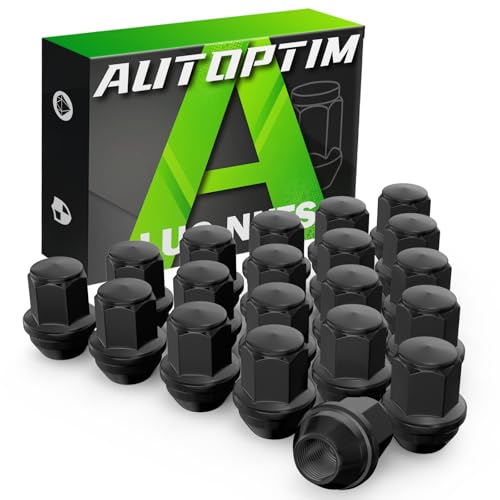On the slop grey parts I get the paint from NPD and matches what was on my 73. We all know that the shade will vary from car to car due to left over paints being mixed. My rear bumper brackets were not slop gray but satin black dipped had runs.
This is my list of parts that have Slop Gray.
Shock tower braces.
Center vertical grill support that holds the hood latch.
The two brackets that hold the grill to the radiator support going to headlight buckets.
The square tray under the headlight buckets.
The small braces that go from the bottom of the radiator support and connect to the lower valance and front fender on each side.
The covers for the front coil springs under the front fenders.
Front license plate bracket.
Some service parts came with satin black instead of slop gray after end of production so they vary from production line parts.
Satin Black parts in grill are the headlight bucket assemblies. Springs and screws are Manganese Phosphate.
Parts that I have found with the Manganese Phosphate or Parkerizing as follows. You can find the chemicals and process on line. GM used Zinc Phosphate which is different.
Hood hinges.
Upper caps on the shock towers.
Hood latch assembly.
Parking brake assembly with some satin black on part of the foot pedal.
The gas pedal bracket.
Ford used the Manganese Phosphate on parts they had concerns with sticking due to paint. It is also a natural lubricant and does prevent rust to some extent. The gray rough looking coating on a new cam is Manganese Phosphate to aid in lubing the cam for break in.
You can buy it online but sort of pricey. A local plating shop can do parts for you. You clean all the grease and lube off the parts with oven cleaner. Then glass bead and wash with lacquer thinner and then go into the Manganese Phosphate until desired finish is done. They you dry and spray with WD-40 repeatedly. If you lube the hinges too much the hood will probably not stay up even with the flat springs. If hood hinges are sloppy you can have someone hold the hinge with the rivets on an anvil or vice and place a ball peen hammer on the center of the staked end of the rivet. Hit it with a big hammer and this will swell out the rivet and tighten them back up. Don't go too far or will be too tight.
Quite a few bolts on the cars have this finish and the Osborne reproduced Ford Assembly Instructions lists all of the finishes used so a great reference they are reprints of the Ford originals.
Couple pics but not much detail this is unrestored car all original finishes.
Having the correct and varying finishes on the car really makes it look better. When everything is rattle can black does not look as good.















































































